In 2017, there were over 1.5 million organized sport-related injuries. Ideally, sports activities are supposed to prevent disease without causing pain and aches. Unfortunately, athletic injury is almost always unavoidable.
Fortunately, there’s sports medicine available to help with the management of athletic injury. Read on!
What’s Sports Medicine?
Sports medicine doctors are trained to restore the standard functionality of the injured organs. This helps the patients get moving again and resume their sports activities.
Sports medicine doctors work in collaboration with other professionals. These include physical therapists, athletic trainers, and nutritionists.
Physical therapists help in rehabilitating injuries for quick recovery. Athletic trainers provide rehabilitative exercises to help patients regain strength and recover from athletic injury. It’s always advisable to work with certified athletic personal trainers.
Nutritionists provide dietary advice to help patients with weight loss or gain necessary for proper physical functioning.
Common Athletic Injuries Sports Medicine Can Help
Most athletic injuries feel the same, but there are significant differences among them.
1. Sprains
These are injuries that occur to ligaments or the connective tissues between one bone and another. In first-degree sprains, the ligament stretches, causing pain and swelling. In second-degree injuries, a few fibers tear apart, leading to discoloration and weakness due to bleeding.
In third-degree injuries, most of the fibers are torn, causing immobility and severe weakness.
2. Strains
These refer to injuries to tendons or muscles that connect muscles to bones. They’re also commonly known as muscle pulls and are caused by misstep, leading to the stretching or tearing of the fibers.
3. Dislocations
They’re painful and disabling and occur when bones slip out of position. The joint is unable to move, and the deformity is clearly visible.
4. Fractures
These are disruptions in the continuity and integrity of a bone. All breaches call for skilled medical management.
5. Tendinitis
This refers to the inflammation of a tendon as a result of poor body mechanics. The primary symptom is pain, swelling, and redness. The pain gets worse at the beginning of exercise, eases with progression, but gets worse later.
6. Muscle Cramps and Spasms
These are very strong and sustained muscle contractions that cause a lot of pain. They can be relieved by gentle stretching while hydration and proper conditioning help prevent them.
7. Contusions
This is bleeding that happens into tissues as a result of direct trauma. It leads to a change in skin color, making it “blue and black.”
Most of these injuries don’t require surgery to treat. It’s advisable to seek immediate treatment from a sports medicine podiatrist as soon as the damage happens.
Athletic Injury — Final Thoughts
An athletic injury can be self-managed, but there’s always a need to seek professional assistance. Sports medicine is in place to help athletes recover from an extensive range of injuries acquired during sports activities. These include sprains, strains, fractures, contusions, and muscle spasms, among others.
Sports medicine doctors have the training and knowledge to rehabilitate injuries and restore the functionality of the damaged parts. Don’t let the threat of injuries keep you from your sports activities because help is available.
Do you have any questions about sports medicine? Be sure to reach out to us today.

